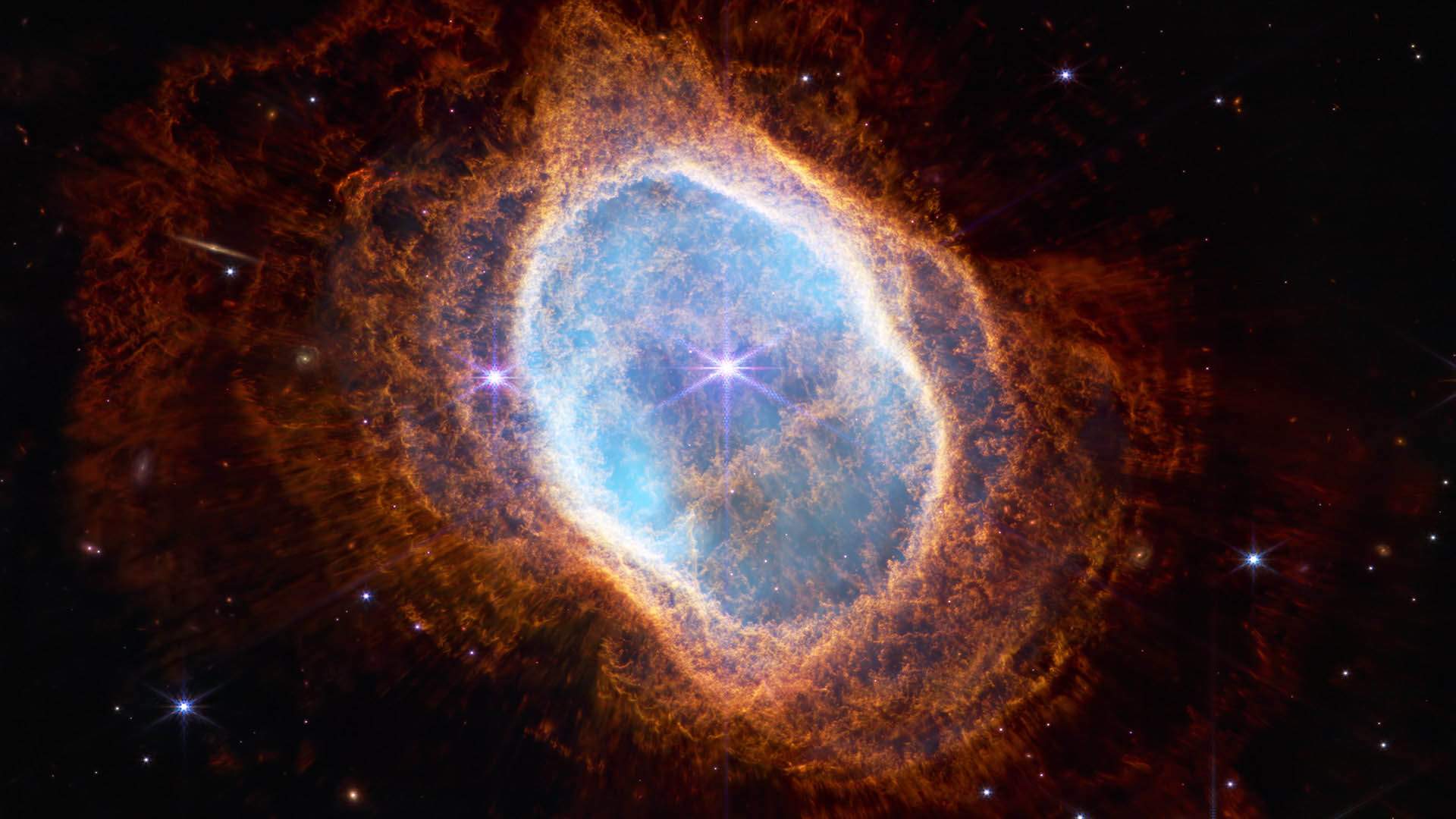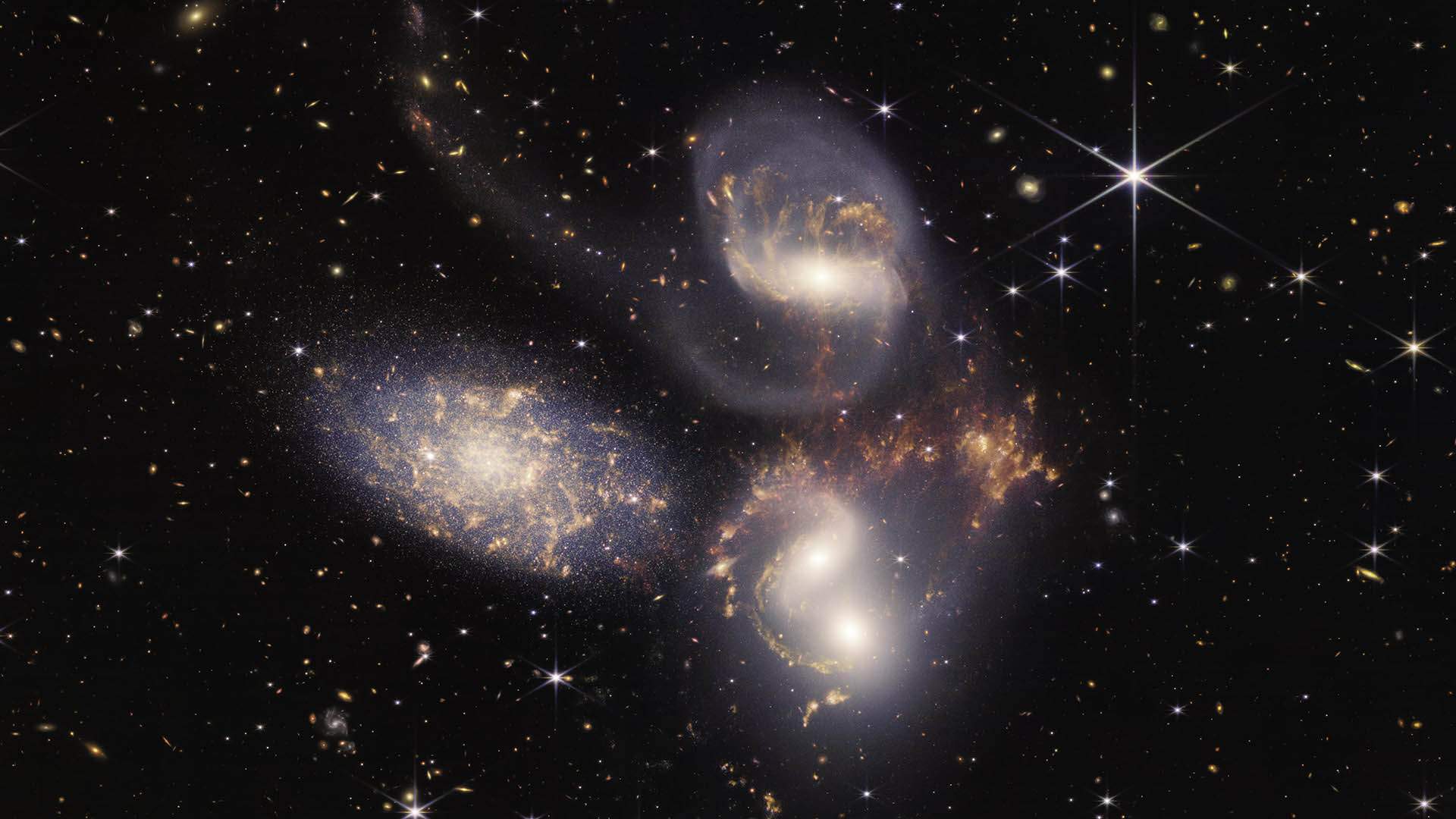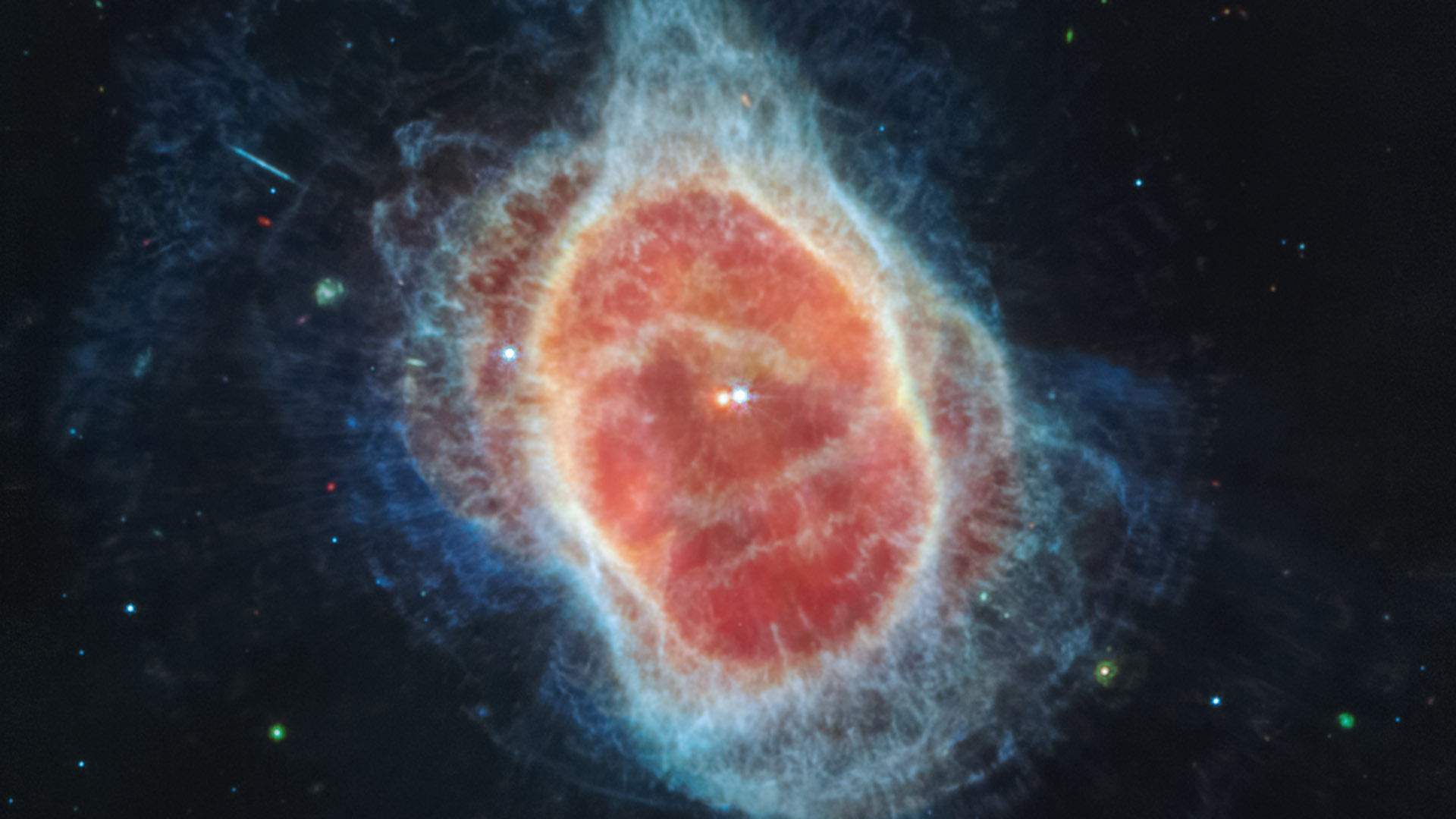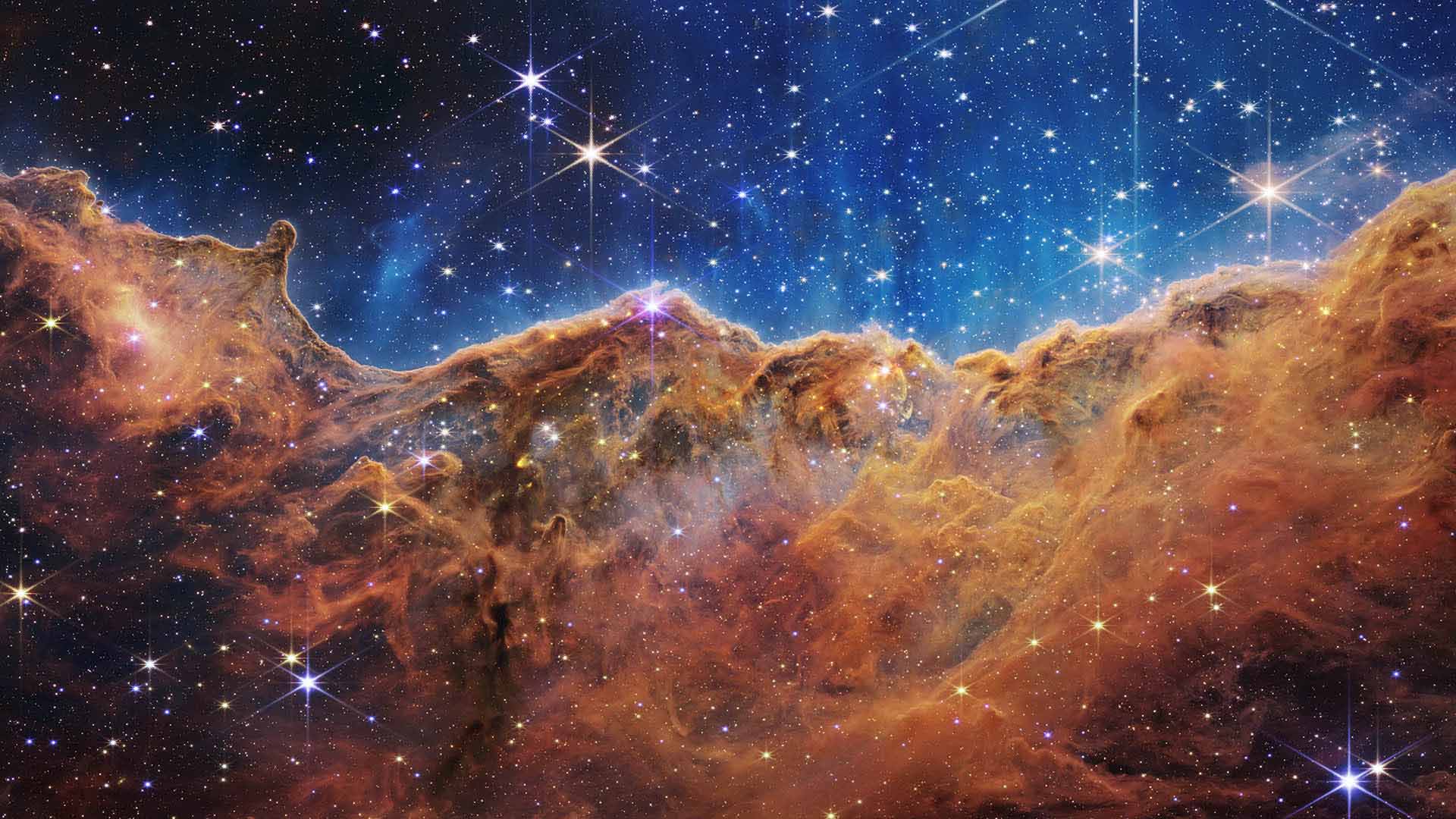NASA Has Dropped the Most Dazzling Images of the Universe You've Ever Laid Eyes On
Peer well beyond our pale blue dot thanks to these stunning pictures captured by the James Webb Space Telescope.
What's better than one stunning glimpse well beyond this pale blue dot we all call home? Several, each as spectacular as the next. If you're a fan of space — and aren't we all? — then this week has been huge for peering past the earth, with NASA releasing a number of images from the James Webb Space Telescope.
First came the snap dubbed Webb's First Deep Field, aka the deepest and sharpest view of the universe that's ever been captured. Yes, showing the galaxy cluster SMACS 0723 as it appeared a whopping 4.6 billion years ago, and covering thousands of galaxies, it's quite the sight. NASA then backed that up with more pictures from the space science observatory that's been charged with peering deeply into our solar system and far beyond, and taking images of what it spots. Prepare to be dazzled again.
Cosmic cliffs & a sea of stars. @NASAWebb reveals baby stars in the Carina Nebula, where ultraviolet radiation and stellar winds shape colossal walls of dust and gas. https://t.co/63zxpNDi4I #UnfoldTheUniverse pic.twitter.com/dXCokBAYGQ
— NASA (@NASA) July 12, 2022
Perhaps the most astonishing has been called 'Cosmic Cliffs', and looks at a star-forming region NGC 3324 in the Carina Nebula — around 7600 light-years away. As captured in infrared light by the Webb telescope's near-infrared camera (NIRCam), it shows areas of star birth that have been obscured previously, and also proves the kind of sight that'll inspire a thousand big-screen space operas.
Also phenomenal: two looks at the Southern Ring Nebula, a hot, dense white dwarf star, including one at its centre for the first time. One shows jagged rings of gas and dust, with light emanating from it — and, because perhaps the only reference point we have for looks at the heavens this stunning is everything that movies have thrown at us, it blows the best special effects you've ever seen out of the water.

Southern Ring Nebula
And, the Webb telescope has also captured Stephan's Quintet, a grouping of five galaxies. Again, there's a cinema tie — it's what the angel figures at the beginning of Christmas classic It's a Wonderful Life are based on. Located in the Pegasus constellation, it features galaxies located between 40 million and 290 million light-years from Earth: galaxies NGC 7320, NGC 7317, NGC 7318A, NGC 7318B, and NGC 7319.
With these jaw-dropping visuals, NASA now has images of a dying star's last hurrah thanks to the Southern Ring Nebula shots, and pictures that'll help scientists explore galactic mergers and interactions, as well as black holes. Indeed, showing the world staggering sights is really just the beginning when it comes to the telescope's output.

Stephan's Quintet
"Today, we present humanity with a groundbreaking new view of the cosmos from the James Webb Space Telescope — a view the world has never seen before," said NASA Administrator Bill Nelson.
"These images, including the deepest infrared view of our universe that has ever been taken, show us how Webb will help to uncover the answers to questions we don't even yet know to ask; questions that will help us better understand our universe and humanity's place within it."
Yes, you're allowed to only want to stare at these pics for the next few minutes, hours and days. You're also allowed to summon your inner Keanu and exclaim the only thing that's appropriate right now: "whoa!".

Southern Ring Nebula
For more information about the James Webb Space Telescope, head to the NASA and James Web Space Telescope websites.
Images: NASA, ESA, CSA, and STScI.





